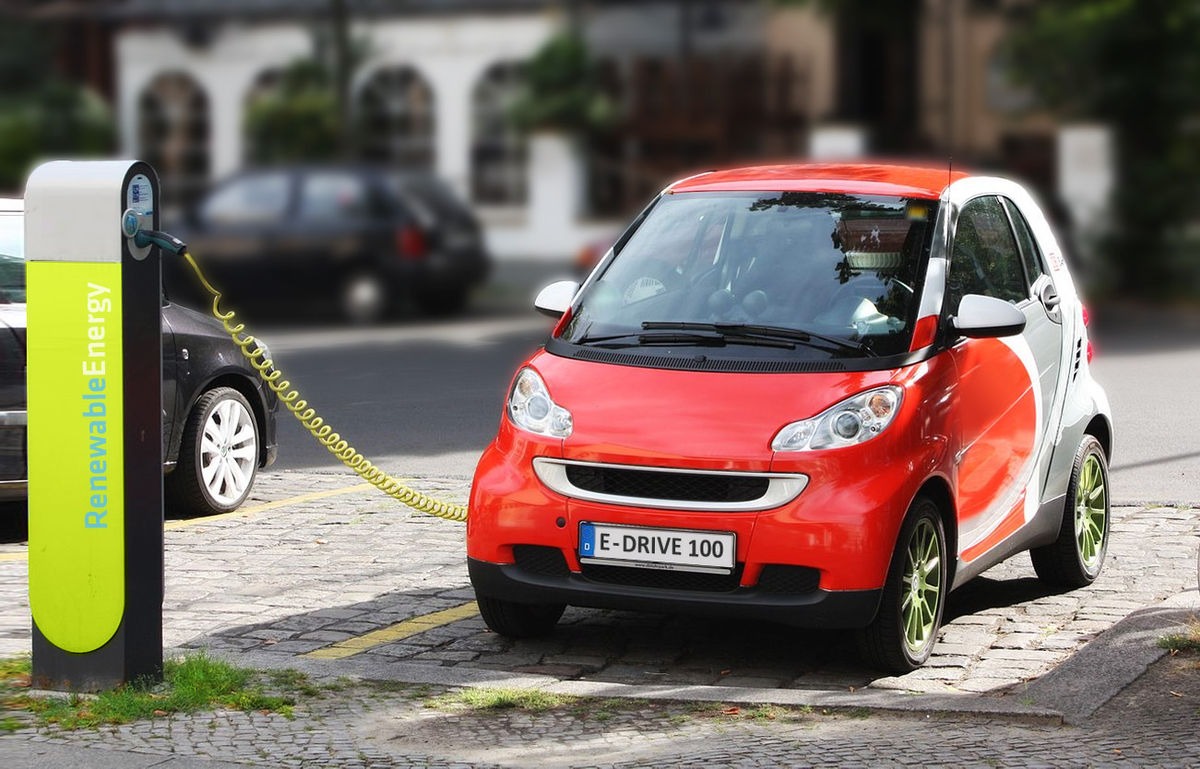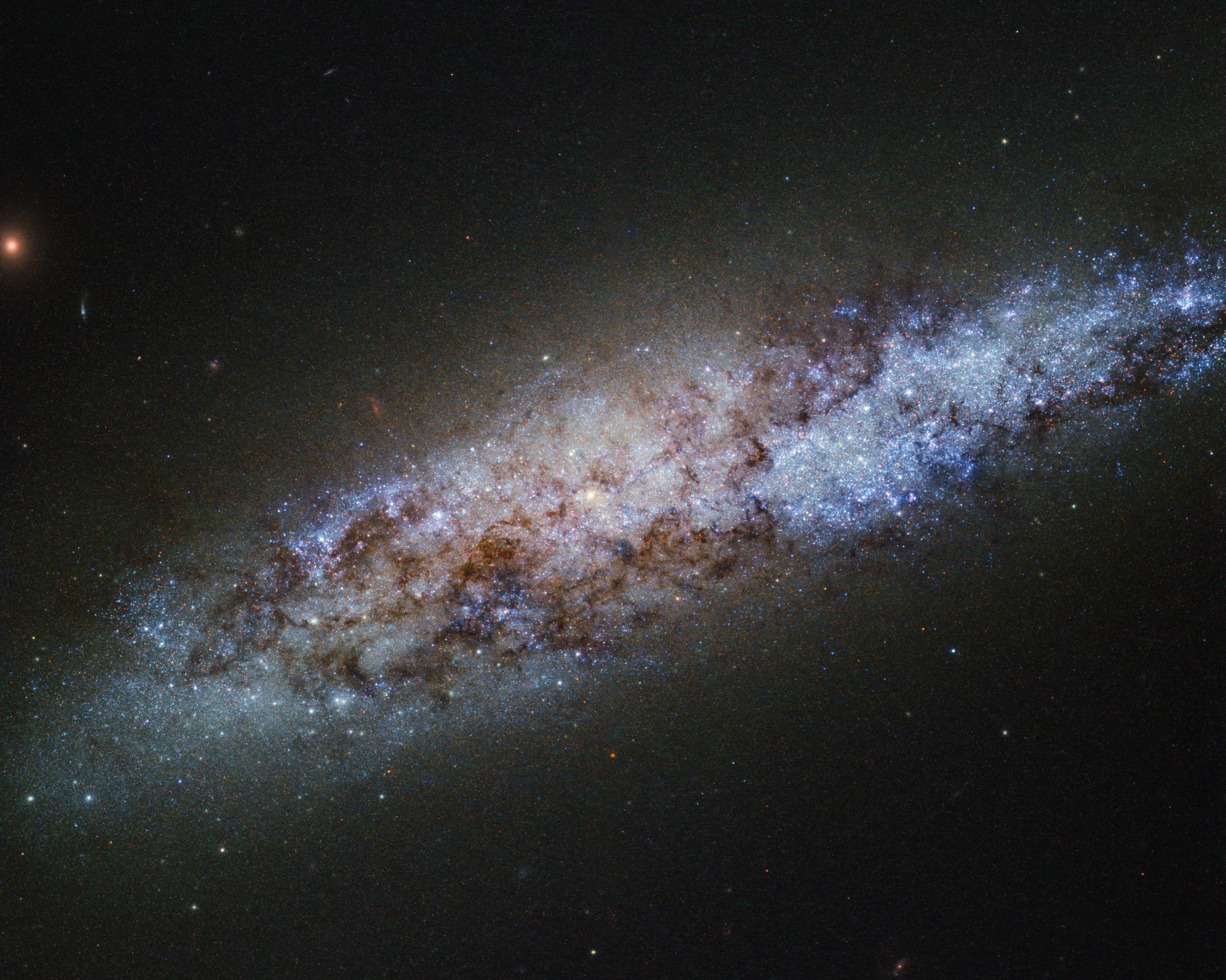Charging your Tesla feels virtuous—zero emissions, saving the planet, sticking it to Big Oil. But 500,000 gallons of water disappear from Chile’s Atacama Desert for every ton of lithium powering your electric battery. This isn’t some distant environmental cost you can ignore. It’s happening now, in one of Earth’s most fragile ecosystems, where your clean conscience meets an increasingly dirty reality.
The Atacama Extraction Machine
Chile supplies the world’s EV dreams through water-hungry lithium mining that’s draining an ancient desert.
The Atacama Desert produces roughly one-third of the world’s lithium, making your EV possible through massive evaporation ponds stretching across the landscape like industrial lakes. Mining companies pump lithium-rich brine from underground aquifers—the same water sources that sustain local communities and rare desert life.
These operations consume more water than entire cities. They transform groundwater that took millennia to accumulate into battery materials in months.
The Environmental Toll Keeps Growing
Scientific measurements reveal ecosystem collapse accelerating alongside lithium demand.
The numbers paint a stark picture. Studies document that aquifer water levels have dropped 30% since large-scale lithium mining ramped up, directly linked to vegetation loss and wildlife decline.
- Flamingo populations have crashed by 10% as their wetland habitats shrink
- Desert flora—plants adapted to survive in one of the world’s harshest environments—have declined by 10-12%
- Chemical contamination from sulfuric acid and sodium hydroxide spreads beyond mining zones, poisoning soil that may never recover
Communities Fighting for Survival
Indigenous peoples face displacement as mining companies claim ancestral water rights.
The Colla, Lickan Antay, and Atacameño communities watch their traditional ways of life evaporate along with the water. Many report being excluded from decisions about their own land and resources.
Some abandon ancestral territories entirely. “Lithium mines are branded ‘sustainable’ energy, but they are not, as they ruin one zone to satisfy another,” says Francis Mandoca of the Atacama Indigenous Council. Legal battles drag on while the damage accelerates.
The Green Energy Paradox
Up to 40% of your EV battery’s environmental footprint happens before it reaches the factory.
Here’s the uncomfortable truth: your clean transportation depends on dirty extraction. While Chilean authorities impose sanctions and mining companies promise mitigation, the fundamental contradiction remains unresolved.
The climate benefits of EVs are real, but they come with environmental costs that rarely appear in marketing materials or charging station conversations. Supply chain transparency isn’t just corporate buzzword territory anymore—it’s becoming essential for conscious consumers who thought they’d already made the sustainable choice.





























